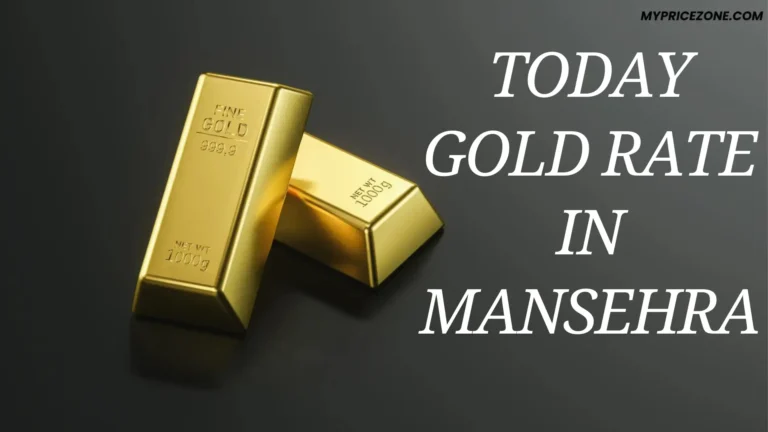Gold has long been a cornerstone of Pakistan’s economy, serving as both a cultural symbol and a financial asset. In recent years, the price of gold has experienced significant volatility, influenced by a complex interplay of domestic and international factors. This article explores the key factors that influence gold prices in Pakistan, providing insights into how investors and consumers can navigate this dynamic market. Experience every ball like never before with the ultimate IPL live betting app!
1. Inflation and Currency Depreciation
Inflation erodes purchasing power, leading individuals to seek assets that can preserve value. In Pakistan, where inflation rates have been historically high, gold becomes an attractive hedge. Additionally, the Pakistani rupee has faced periods of depreciation against major currencies, making imported goods, including gold, more expensive. This depreciation directly impacts gold prices in the local market.
2. Global Economic Uncertainty
Gold is traditionally viewed as a safe-haven asset during times of global economic instability. Factors such as trade wars, geopolitical tensions, and financial crises can lead investors to flock to gold, driving up its price. For instance, the ongoing U.S.-China trade tensions have contributed to fluctuations in gold prices worldwide, indirectly affecting Pakistan’s market.
3. Interest Rates and Investment Trends
The relationship between gold prices and interest rates is inversely proportional. When interest rates are low, the opportunity cost of holding gold decreases, making it a more attractive investment. Conversely, higher interest rates can lead investors to seek better returns elsewhere, potentially lowering gold demand and prices.
4. Cultural Significance and Seasonal Demand
In Pakistan, gold holds deep cultural significance, particularly during weddings and religious festivals. This cultural affinity drives seasonal spikes in demand, especially during the wedding season, leading to temporary increases in gold prices. The demand is further amplified by the tradition of gifting gold, which is seen as a symbol of prosperity and status.
5. Geopolitical Factors and Domestic Stability
Political instability and security concerns within Pakistan can lead to increased demand for gold as a secure asset. Events such as the arrest of former Prime Minister Imran Khan and subsequent protests have created an atmosphere of uncertainty, prompting individuals to invest in gold to safeguard their wealth.
6. Supply Chain Dynamics and Mining Developments
Pakistan’s gold supply is influenced by both domestic production and imports. The Reko Diq project, a significant copper and gold mining initiative, has the potential to impact local gold supply and prices. However, geopolitical and security challenges in regions like Balochistan can affect the stability and output of such projects.
7. International Gold Prices and Exchange Rates
Gold prices are globally determined, primarily influenced by the U.S. dollar and international market dynamics. Fluctuations in the global gold market, driven by factors such as changes in the U.S. Federal Reserve’s policies or global economic conditions, can have a direct impact on gold prices in Pakistan.
8. Speculative Activities and Market Sentiment
Investor sentiment and speculative activities can lead to short-term fluctuations in gold prices. Market participants often react to news, rumors, and economic indicators, causing rapid changes in gold prices. While these movements may not always reflect fundamental values, they can influence the buying and selling behaviors of investors in Pakistan’s gold market.
9. Technological Advancements and Digital Platforms
The rise of digital platforms and mobile applications has transformed how individuals invest in gold. Platforms offering gold trading and investment options have made it more accessible to the general public. These technological advancements have democratized gold investment, allowing a broader segment of the population to participate in the gold market.
10. Impact of Global Energy Prices
Global energy prices, particularly oil, can influence gold prices. Rising oil prices can lead to increased production costs and inflation, prompting investors to seek gold as a protective asset. Conversely, declining oil prices can reduce inflationary pressures, potentially leading to lower gold prices.
Conclusion
Understanding the multifaceted factors influencing gold prices in Pakistan is crucial for investors, policymakers, and consumers alike. By staying informed about economic indicators, geopolitical developments, and cultural trends, stakeholders can make more informed decisions regarding gold investments. As the global and domestic landscapes continue to evolve, so too will the dynamics of the gold market in Pakistan.




